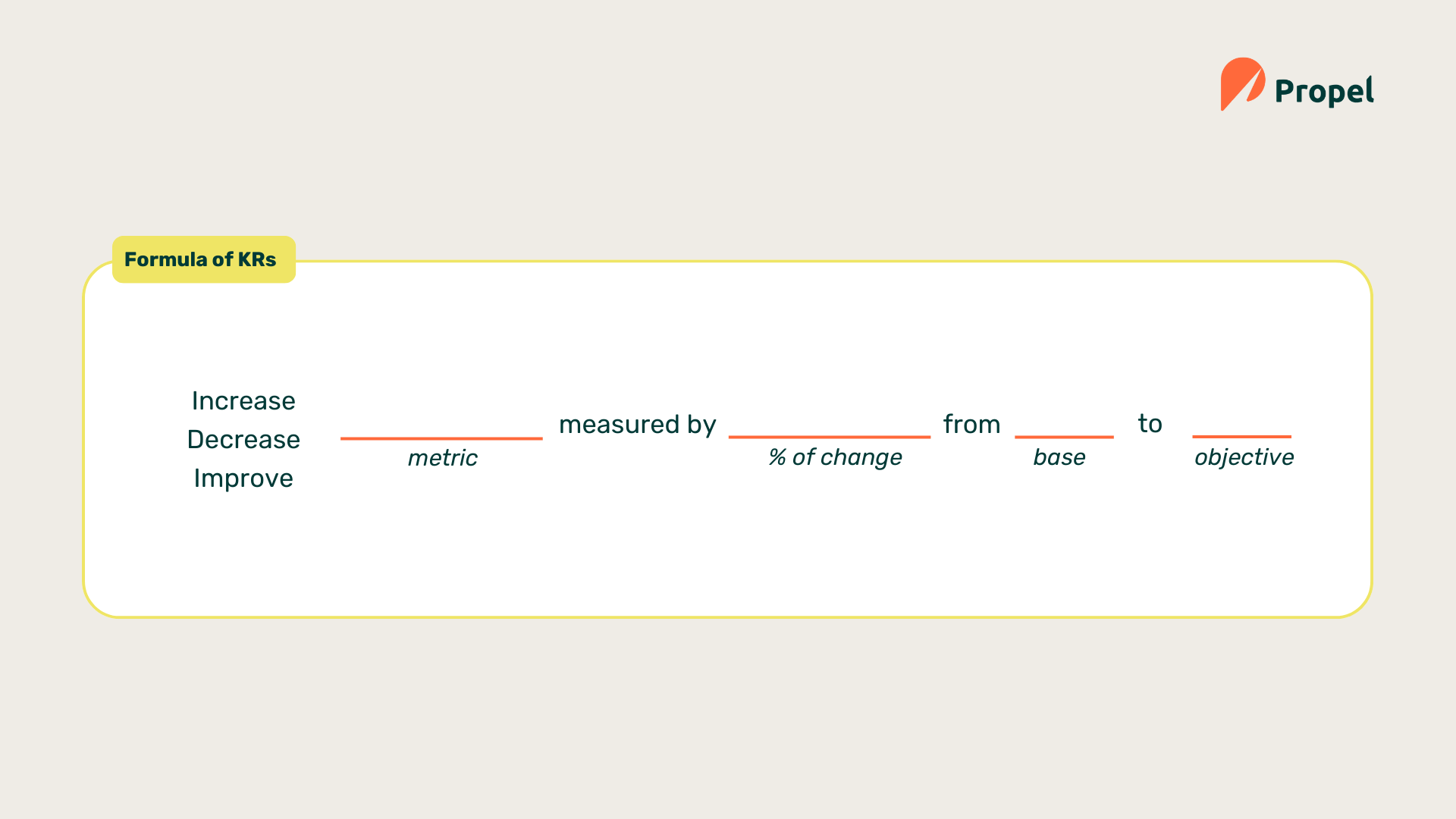Practical guide to designing OKRs
OKRs (Objectives and Key Results) are a practical tool to define what you want to achieve and how to measure your progress. At Propel, we use them every quarter to move closer to our annual vision, and we want to share how you can implement them effectively.

Why Use OKRs?
• They help you prioritize what truly matters.
• They align your entire team's efforts.
• They make tracking progress easier and clearer.
Here are three steps to get started:
1. Define Your Vision
It all begins with the "why." What is your organization’s long-term dream? At Propel, we set an inspiring annual vision and create quarterly OKRs to help us get closer to it.
Try this exercise: Imagine a headline in the newspaper next year describing your organization’s impact. What would it say?
2. Build Your OKRs
OKRs strike a balance between strategic focus and specific, actionable goals.
a. Choose an Area
Identify the key area in your organization where you’ll focus your efforts. For example:
Area: Fundraising.
b. Set a Specific Objective
Based on the chosen area, define an inspiring yet achievable goal for your team. For example:
Area: Fundraising.
Objective: Engage new recurring donors.
c. Assign Key Results (KRs)
KRs are measurable goals that indicate whether you’re on the right track. They include numbers, data, or specific actions. We recommend two KRs per objective. You can use this formula:

• Example:
Area: Fundraising.
Objective: Engage new recurring donors.
KR1: Increase recurring donations by 100%, from $0 to $50,000.
KR2: Increase corporate partnerships by 50%, from 5 to 10.
• Another Example:
Area: Programs.
Objective: Enhance our online education program.
KR1: Improve satisfaction scores by 5%, from 4.5 to 4.7.
KR2: Increase quarterly enrollments by 50%, from 200 to 300.
3. Adjust and Iterate
OKRs are not static. Review them quarterly, make adjustments as needed, and keep moving forward. This flexibility and iteration will keep you on track toward your vision.
Written by Alexandra Guerra.



